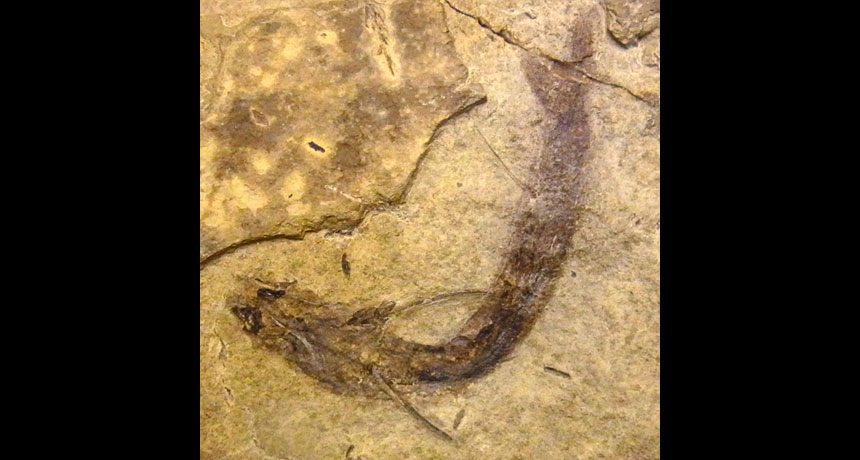
BETTER TO SEE YOU WITH The dark spots that once contained eyes in this beautifully preserved fish still have evidence of the rods and cones required for color vision.
G. Tanaka et al/Nature Communications 2014

BETTER TO SEE YOU WITH The dark spots that once contained eyes in this beautifully preserved fish still have evidence of the rods and cones required for color vision.
G. Tanaka et al/Nature Communications 2014